I'm working on a Cobol application that is deployed on HP Nonstop. Debugging on the platform I came across the following situation:
IF LABELED-VALUE OF IN-VARIABLE-1 OF PARENT-1 OF GRAND-PARENT THEN
MOVE IN-VARIABLE-2 OF PARENT-2 OF GRAND-PARENT TO OUT-VARIABLE
ELSE
MOVE IN-VARIABLE-1 OF PARENT-1 OF GRAND-PARENT TO OUT-VARIABLE
END-IF
The fields are defined like this:
01 GRAND-PARENT
03 PARENT-1.
05 IN-VARIABLE-1 PIC 9(3).
88 LABELED-VALUE VALUE 000.
03 PARENT-2.
05 IN-VARIABLE-2 PIC 9(3).
01 OUT-VARIABLE PIC 9(3).
When I evaluate the expression LABELED-VALUE OF IN-VARIABLE-1 OF PARENT OF GRAND-PARENT my debugger tells me that the expression is TRUE. The value of IN-VARIABLE-1 OF PARENT OF GRAND-PARENT is 0. Consequently OUT-VARIABLE should have the respective value. But this is not the case; it has always the value IN-VARIABLE-1 and the logic always enters the ELSE.
Here you can see the situation in my debugger after the execution of the code: 
What I've tried so far:
- Adapt the condition of the
IFto check for the specific value, likeIF IN-VARIABLE-1 OF PARENT OF GRAND-PARENT EQUAL ZERO THEN(ZEROis in fact the value ofLABELED-VALUE) - It happens with my debugger that it displays an old version of the code but displays the execution line indicator for the most current version. This can result in the indicator being displayed in front of the wrong line. In order to avoid this I've made a change to a comment, recompiled, restarted the serverclass and reattached to the process. Doing so I in fact have obtained the most recent version of the source and I can therefore exclude this problem.
I am not a Cobol expert, though I thought that a simple IF could be manageable, but no avail. Could someone please help me out?
UPDATE:
In my debugger I can edit the values of the fields. If I overwrite the existing value 000 of IN-VARIABLE-1 OF PARENT-1 OF GRAND-PARENT again with 0 or 000 before the if, then the code works correctly. WTF?